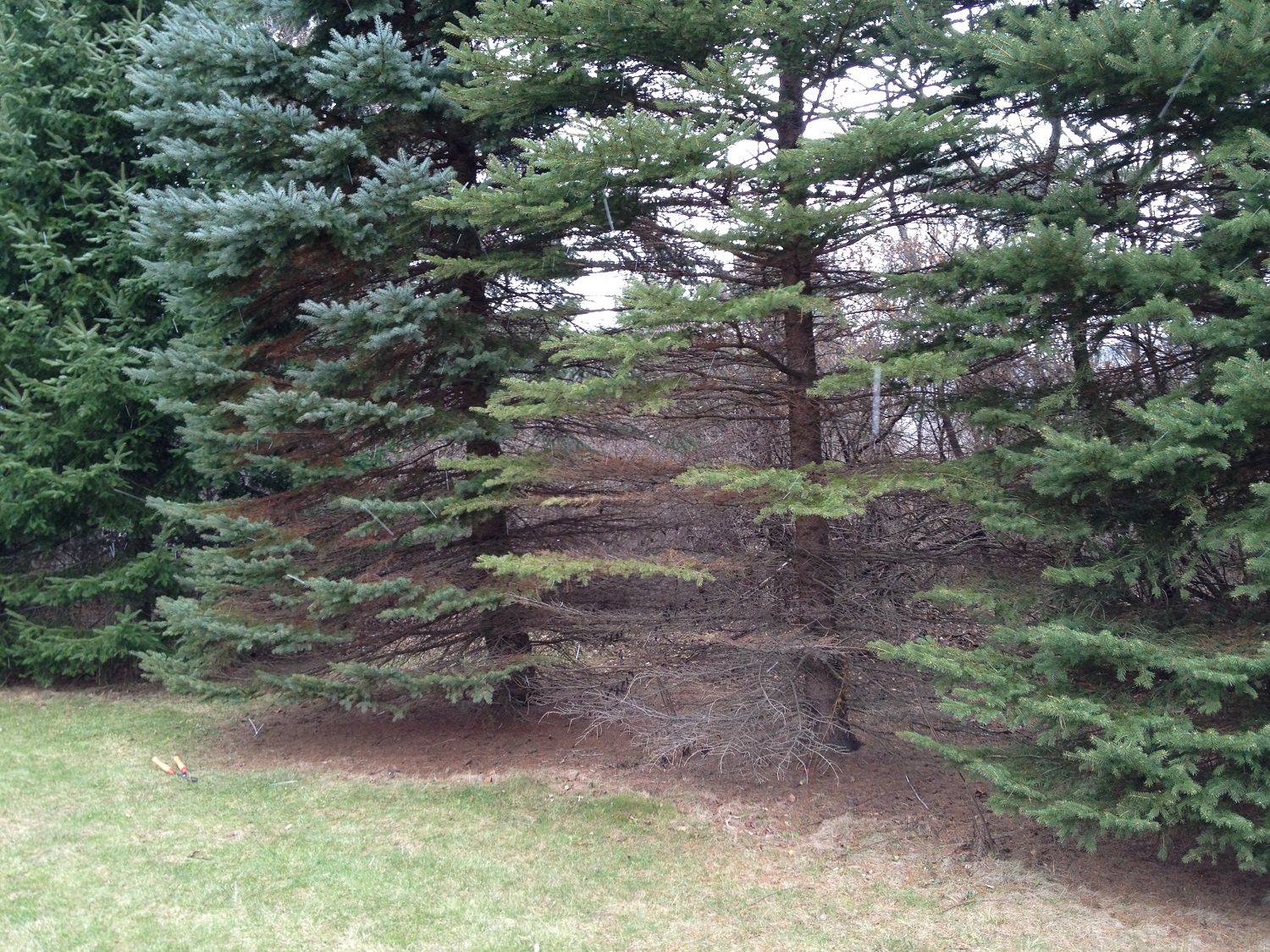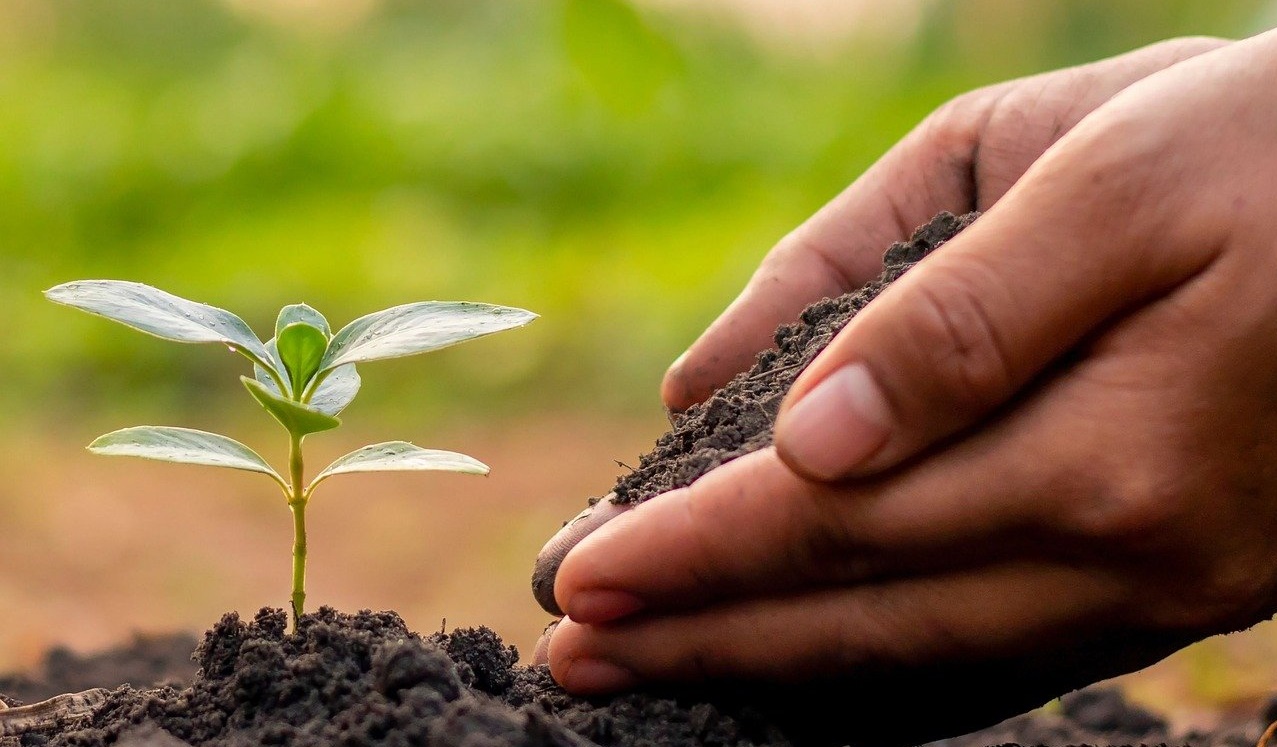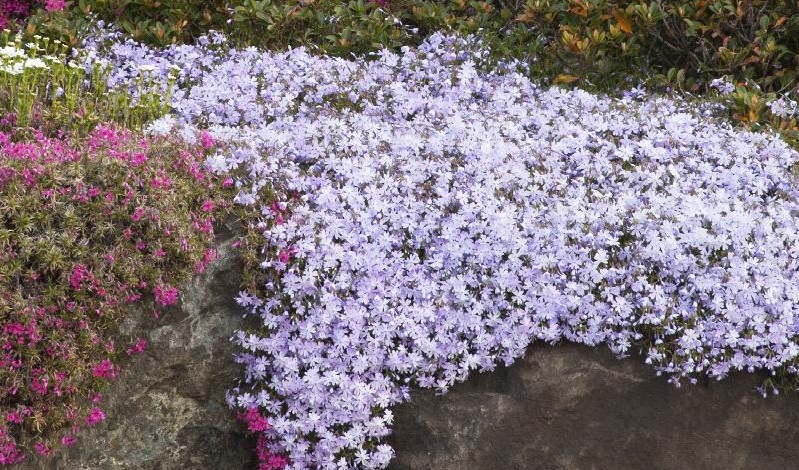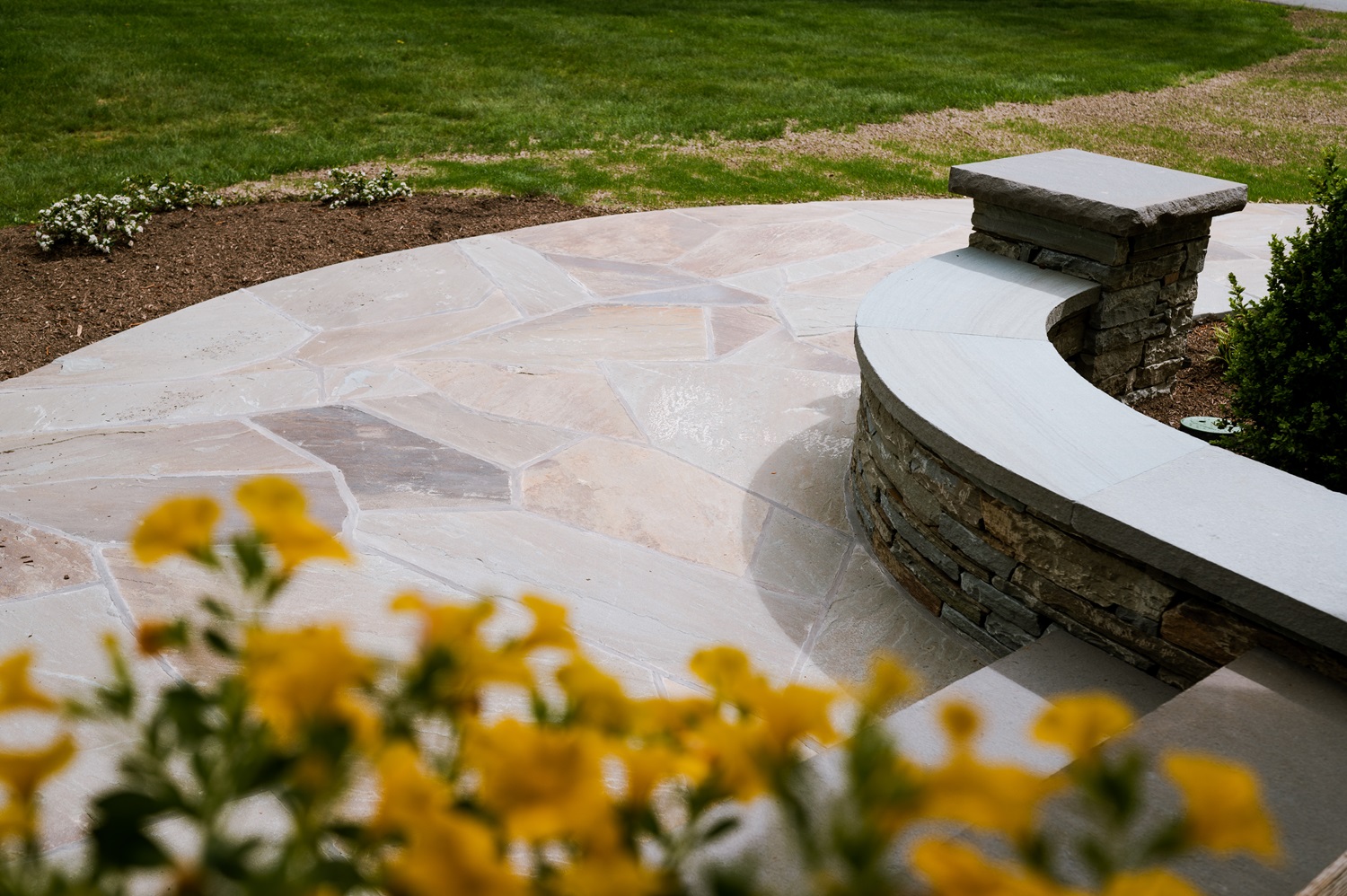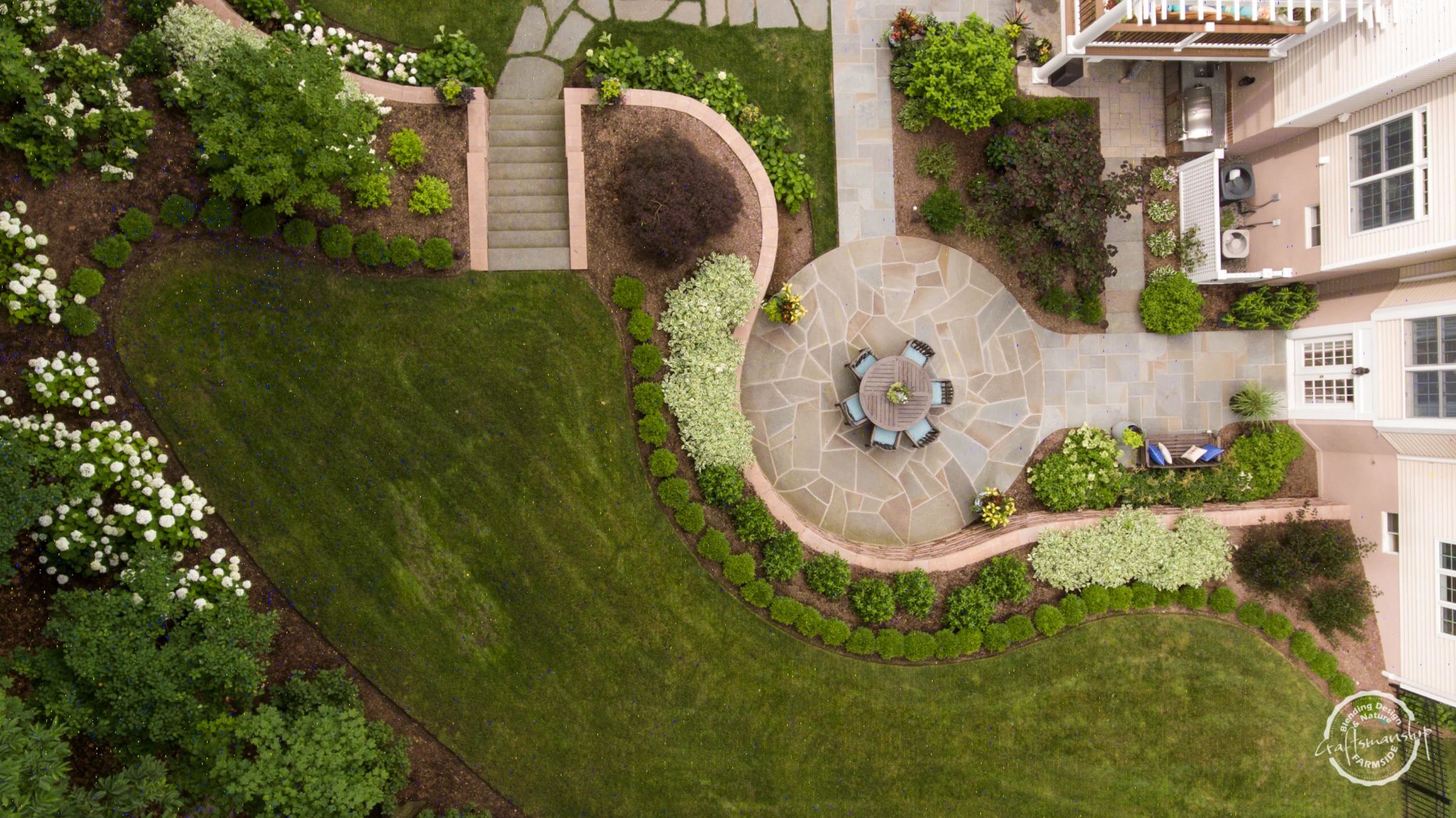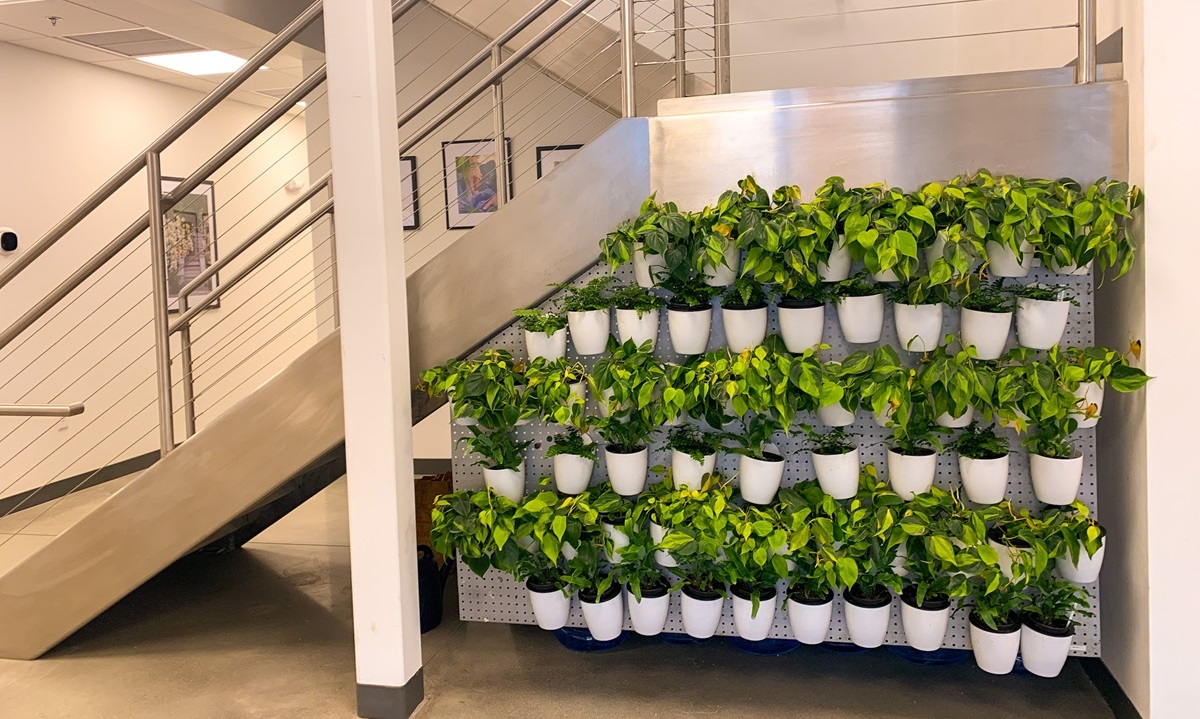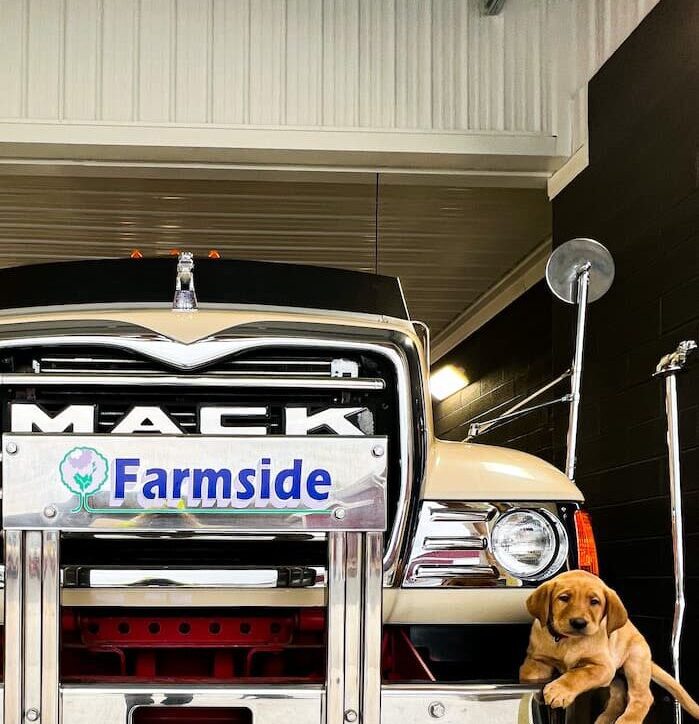All the rain we’ve been having has kept our lawns green, perhaps dampened our spirits a bit, but may also have impacted conifers with Needle Cast Disease (Rhizosphaera). Needle Cast Disease, a fungal infection, presents itself as yellowing needles – particularly on the lower branches – as well as needles that appear reddish brown to purple in the fall. Healthy spruce trees typically retain 5 or more years of needles on their branches. Trees affected with Needle Cast Disease will only have 1-2 years’ of needle growth and will appear thin on their lower sections, and close to the trunk, since these areas remain wet for longer periods of time and are most susceptible to the fungus.
If infection is severe, the disease will start to affect the upper branches as well. While visual identification is typically the initial stage of recognizing the disease, accurate assessment requires laboratory analysis. The best time to examine trees is in early spring, prior to bud break. The fungus appears as thin, neat lines of tiny black spots running the length of the needle.
Like most fungi, mild temperatures, extended periods of wetness and poor circulation help foster disease development. Species most susceptible to the disease include Colorado Blue Spruce (Picea pungens), White Spruce (P. glauca), Oriental Spruce (P. orientalis), True Fir (Abies), especially White Fir (A. concolor), Pine (Pinus), Hemlock (Tsuga), Douglas-Fir (Pseudotsuga) and True Cedar (Cedrus). Norway Spruce (P. abies) and Red Spruce (P. rubens) are more resistant to the disease. Young trees are the most susceptible, but the disease can affect trees of any age.
The pathogen invades susceptible needles, overwintering in both those that have fallen to the ground as well as those that remain in the canopy. Once the needles are infected, it can take up to a year or longer for the tree to begin showing signs of the disease. Typically, the spores are dispersed in the spring, by splashing rainwater or wind.
Sound landscape hygiene helps to prevent the disease. Maintaining good tree health by regular trimming of diseased or damage branches, good air circulation, proper tree variety selection and site location (avoiding shady areas) all help in preventing the disease. This is especially true of Norway Spruces, which are shade intolerant, and need ample space in which to thrive. Additional environmental stressors such as drought, pest infestation, mechanical root injury, deep planting and other diseases further make the conifers more susceptible to the disease.
Early detection and treatment can help halt the spread of Needle Cast Disease before its progression endangers the life of the tree. Call us here at Farmside Landscape & Design – we can test for and diagnose if the disease is present, and treat accordingly.
For more information on Needle Cast Disease, please see the following resources:
- https://extension.psu.edu/rhizosphaera-needle-cast
- https://ag.umass.edu/landscape/fact-sheets/rhizosphaera-needle-cast
Main Photo Image Credit: University of Massachusetts Amherst – The Center for Agriculture, Food and the Environment

